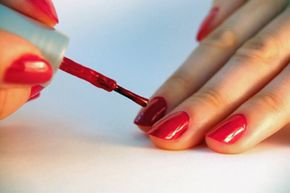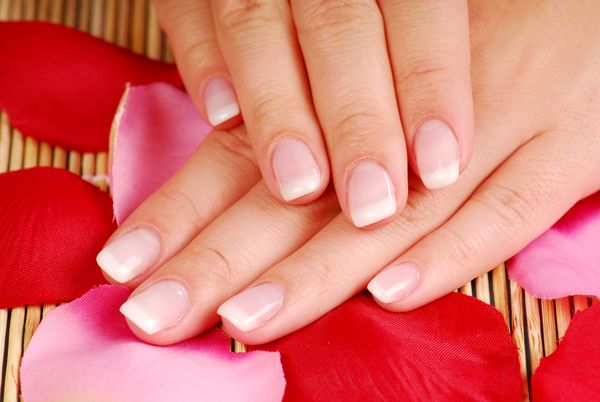Your fingernails and toenails keep you safe while you're walking and picking up objects, and they're great for scratching an annoying itch. Because your nails say so much about you and your health, it's natural to for others to respond positively when you have particularly attractive nails, or to cringe if you have unattractive, unhealthy nails. Whether for vanity or just for good hygiene, Americans spend billions each year on nail care products and services [source: Carlson, Eisenstat and Ziporyn].
Your nails are planes of hard, tightly packed epidermis cells, the same cells that make up your skin. These particular cells are considered dead, and they're filled with a protein called keratin. Only three-fourths of your nail bed, the part where your skin's still attached, is exposed above your skin. It takes about six months for a nail to grow in completely, and men's nails grow faster than women's nails.
Advertisement
Like skin, nails need exposure to oxygen to stay healthy. The keratin in nails also allows them to let water pass through them. Irregular ridges, peeling, breaking and discoloration could be signs of possible health issues. Yellow nails can indicate psoriasis or a fungal infection, or can be caused by pulmonary disease or smoking. In many cases, though, yellow nails are just a result of staining due to contact with certain foods or chemicals, such as those in nail polish.




